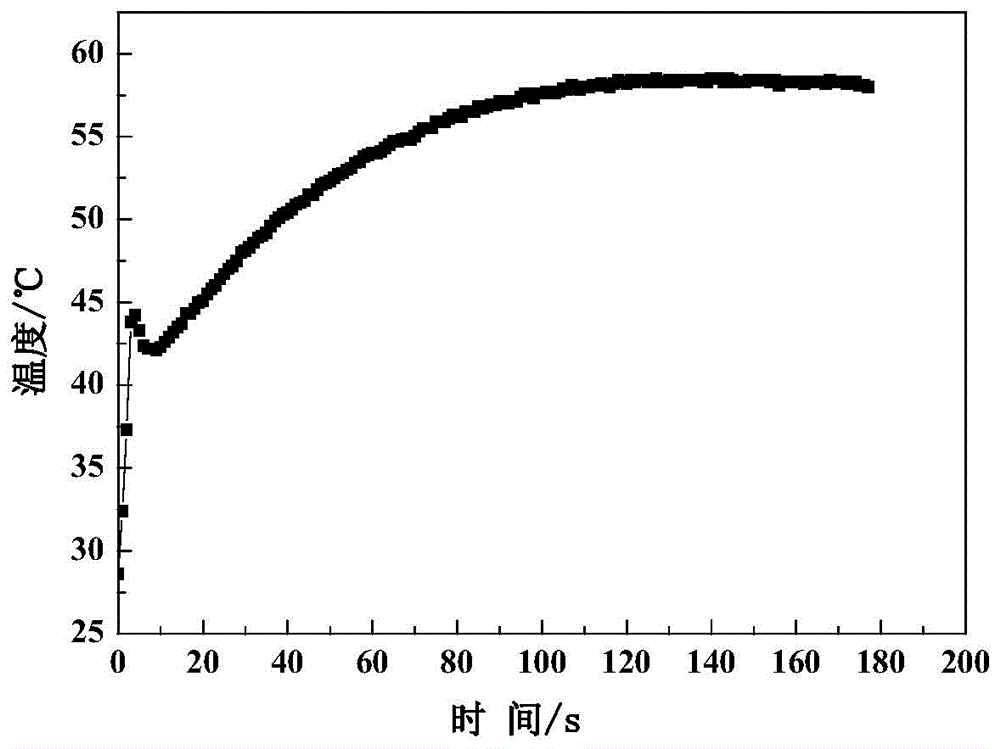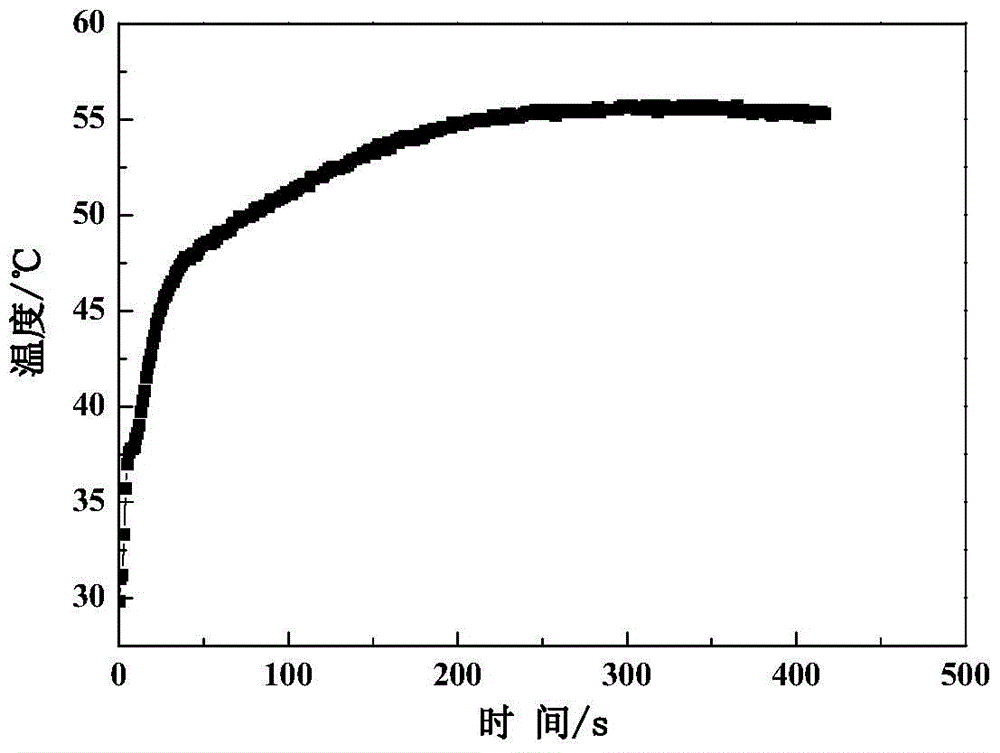The structure and application of a thermal protection coating for steel structure surface
A thermal protection and coating technology, applied in the direction of layered products, synthetic resin layered products, chemical instruments and methods, etc., can solve the problems of heavy weight, thick thickness, and no relevant reports on the launch pad, so as to reduce thermal burns. effect of corrosion and thermal shock, back temperature reduction, good thermal insulation
- Summary
- Abstract
- Description
- Claims
- Application Information
AI Technical Summary
Problems solved by technology
Method used
Image
Examples
Embodiment 1
[0018] The preparation of embodiment 1 thermal protective coating structure
[0019] 1. Preparation of organic bottom layer: mix epoxy resin SM828, curing agent polyamide 650, and toughening agent liquid rubber according to the mass ratio of 7:2:1, and then coat the rust-removed 190×120×5mm steel plate On the side surfaces, the coating thickness was 2 mm.
[0020] 2. Preparation of the middle layer: Clay refractory bricks (NZ)-2 with a thickness of 5 mm were pasted on the organic bottom layer.
[0021] 3. Preparation of inorganic surface layer: Firstly, mix the filler sand and cement evenly according to the mass ratio of 2:1, and then add the refractory aggregate to water glass (M=3) and the curing agent sodium fluorosilicate according to the mass ratio of 10:1 In the proportion of the mixed solution, the mass ratio of filler sand and cement: refractory aggregate: water glass (including curing agent) = 1:1:1. Coat the surface layer material on the refractory brick with a coa...
Embodiment 2
[0024] The preparation of embodiment 2 thermal protection coating structure
[0025] 1. Preparation of organic bottom layer: mix epoxy resin SM828, curing agent polyamide 650, and toughening agent liquid rubber according to the mass ratio of 7:2:1, and then coat the rust-removed 190×120×5mm steel plate On the side surfaces, the coating thickness was 4 mm.
[0026] 2. Preparation of the middle layer: Paste the clay refractory brick (NZ)-2 with a thickness of 15mm on the organic bottom layer.
[0027] 3. Preparation of inorganic surface layer: Firstly, mix the filler sand and cement evenly according to the mass ratio of 2:1, and then add the refractory aggregate to water glass (M=3) and the curing agent sodium fluorosilicate according to the mass ratio of 10:1 In the proportion of the mixed solution, the mass ratio of filler sand and cement: refractory aggregate: water glass (including curing agent) = 1:1:1. Coat the surface layer material on the refractory brick with a coatin...
PUM
| Property | Measurement | Unit |
|---|---|---|
| flame retardant | aaaaa | aaaaa |
| thickness | aaaaa | aaaaa |
| thickness | aaaaa | aaaaa |
Abstract
Description
Claims
Application Information
 Login to View More
Login to View More - R&D
- Intellectual Property
- Life Sciences
- Materials
- Tech Scout
- Unparalleled Data Quality
- Higher Quality Content
- 60% Fewer Hallucinations
Browse by: Latest US Patents, China's latest patents, Technical Efficacy Thesaurus, Application Domain, Technology Topic, Popular Technical Reports.
© 2025 PatSnap. All rights reserved.Legal|Privacy policy|Modern Slavery Act Transparency Statement|Sitemap|About US| Contact US: help@patsnap.com


